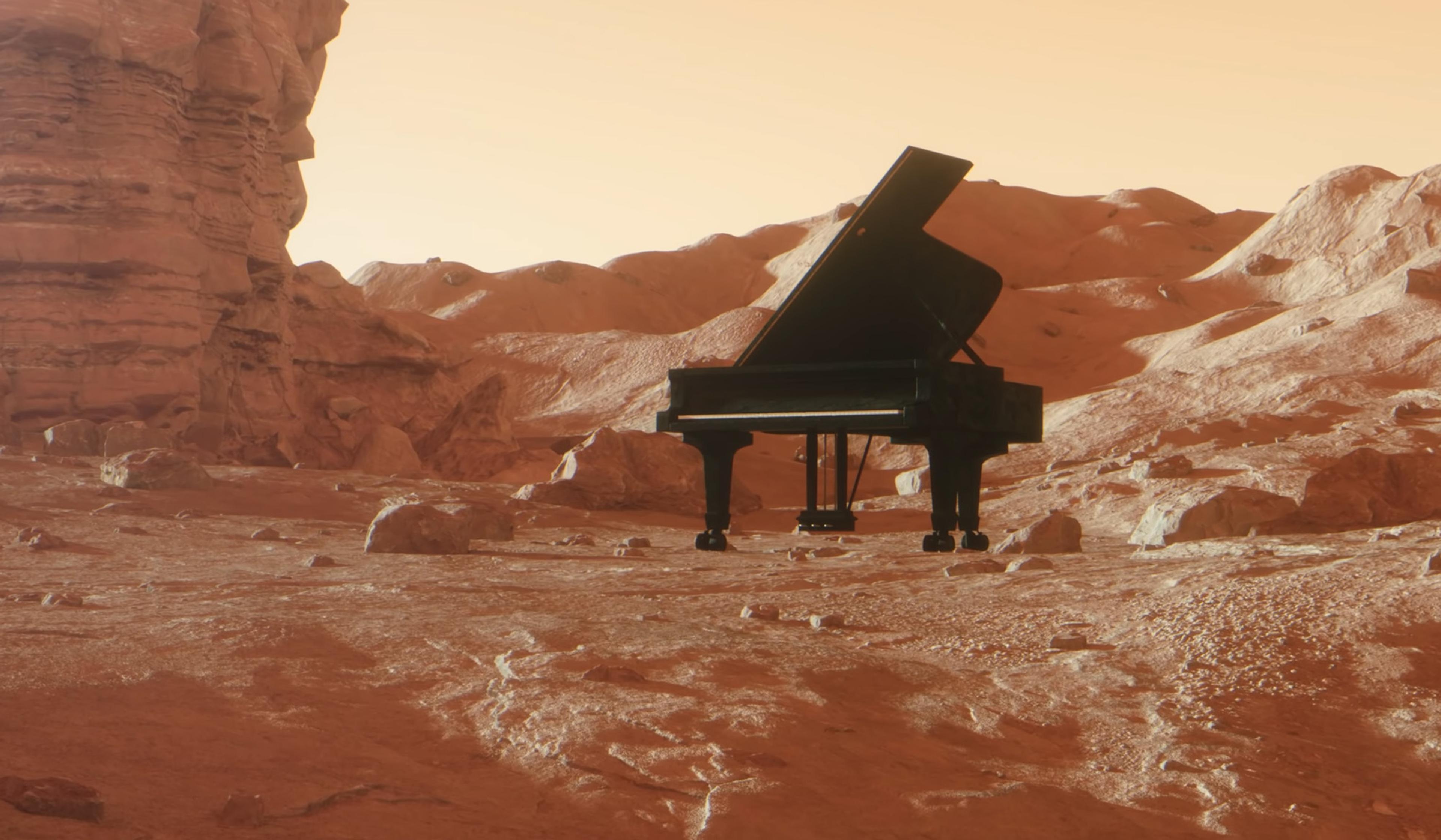Since the discovery of humpback whale songs in the 1960s, the exact reason why male humpbacks sing has puzzled scientists. Like other marine mammals, humpbacks use vocalisations to communicate, but they’re the only animals besides humans to produce sounds that combine repetition and complex patterns, akin to pop music. Each year, during mating season, all of the males within a population learn the same song. And, according to Ellen Garland, a Royal Society University Research Fellow at the University of St Andrews in Scotland, these songs spread over time to other populations, and have even been found to travel halfway across the globe. In this video, Garland charts the journey of humpback whale songs across the Pacific Ocean. Through this framework, she builds a comparison between the way pop music spreads across cultures, and details the many enduring mysteries surrounding humpback whale songs.
Like pop music, humpback whale songs spread, mutate, and fall out of fashion
Video by The Royal Society
12 September 2022

videoBiology
What would it mean if we were able to ‘speak’ with whales?
65 minutes

videoEvolution
Watch as the whale becomes itself: slowly, slowly, from land to sea, through deep time
10 minutes

videoBiology
The ‘seismic communication’ of elephants treads a fine line between hearing and feeling
5 minutes

videoAnimals and humans
Join seabirds as they migrate, encountering human communities along the way
13 minutes

videoEcology and environmental sciences
A whale can live 50-75 years. Its afterlife is equally long and spectacular
4 minutes

videoHistory of technology
How oceanographers captured a mysterious undersea noise – and the public’s imagination
7 minutes


